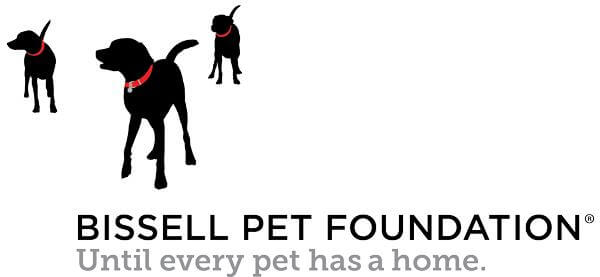
Have you ever noticed your dog staring at you? This simple behavior reveals much more than you might think. Gazing is a critical way dogs communicate with humans, especially in uncertain situations. A recent study highlights how different dogs use this behavior in response to new stimuli, such as a remote-controlled toy car.
What the Study Revealed
Researchers observed dogs and recorded how often they gazed at their human companions during a minute of exposure to the toy. The results were fascinating! Dogs were grouped into four clusters based on their gazing frequency. Those who looked at their humans six to seven times were perceived as less aggressive. In contrast, dogs who gazed two to three times were rated higher on the aggression scale.
The Emotional Connection
Gazing isn’t just about communication; it also reflects emotional bonds. Dogs who gazed more at their humans were seen as providing greater emotional comfort. Many reported feeling more loved and secure in their relationships with these dogs. This insight is vital for anyone wanting to strengthen their bond with their furry friend.
Personality and Breed Insights
The study also uncovered intriguing breed differences. German shepherds tended to gaze less frequently compared to golden retrievers. Personality traits influence these behaviors, making it essential to consider breed characteristics when interpreting gazing patterns. If you have a golden retriever, expect frequent eye contact, which may signal affection and engagement.
Age and Behavior: What You Should Know
Interestingly, factors like age, sex, and willingness to approach the toy car did not impact gazing behavior. This finding highlights the innate ways dogs communicate, suggesting that their gazing patterns are hardwired rather than influenced by external conditions.
Practical Takeaways for Dog Parents
Understanding your dog’s gazing behavior can enhance your relationship. Encourage positive interactions by engaging with your dog during playtime or training sessions. These moments foster trust and emotional connection, leading to more meaningful gazes.
The next time your dog gazes at you, remember it’s more than a fleeting moment. It’s a glimpse into their emotional world and a sign of trust and comfort. Paying attention to these behaviors deepens your bond and improves your dog’s well-being.
Source: Animal Wellness Magazine












